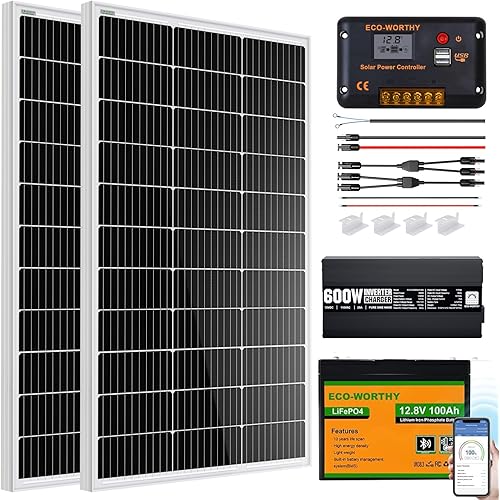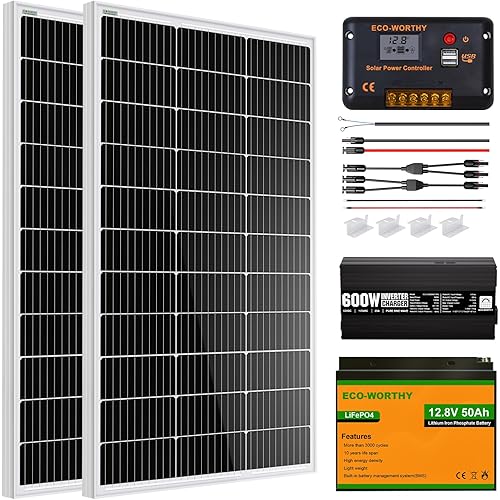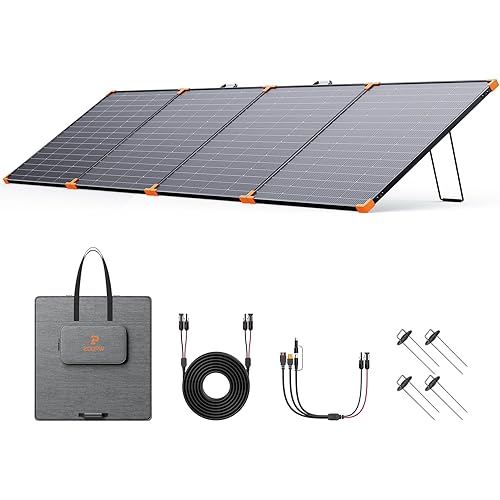Victron Energy SmartSolar MPPT Solar Charge Controller (Bluetooth) - Charge Controllers for Solar Panels - 75V, 15 amp, 12/24-Volt











Buy Now, Pay Later
- – 6-month term
- – No impact on credit
- – Instant approval decision
- – Secure and straightforward checkout
Ready to go? Add this product to your cart and select a plan during checkout.
Payment plans are offered through our trusted finance partners Klarna, Affirm, Afterpay, Apple Pay, and PayTomorrow. No-credit-needed leasing options through Acima may also be available at checkout.
Learn more about financing & leasing here.
30-day refund/replacement
To qualify for a full refund, items must be returned in their original, unused condition. If an item is returned in a used, damaged, or materially different state, you may be granted a partial refund.
To initiate a return, please visit our Returns Center.
View our full returns policy here.
Recently Viewed
Features
- SMART SOLAR CHARGE CONTROLLER: Solar charge the smart way with the Victron Energy SmartSolar MPPT charge controller, to ensure that every ray of available sunlight is converted into usable energy, while optimizing battery longevity.
- MAXIMIZE POWER OUTPUT: With lightning-fast optimum power point tracking and intelligent charge algorithms the Victron MPPT solar charge controller makes sure you always get the maximum possible power output, even when your solar panels are partially covered in shade.
- SYNCHRONIZED CHARGING: Multiple SmartSolar MPPT charge controllers can synchronize to behave as one, simultaneously switching through different charge stages to ensure battery longevity and system wide energy optimization.
- CONNECTIVITY: The VictronConnect app lets you connect with your system to gain insight into real-time data and 30-day performance history. Easily configure devices with battery presets, change settings, update firmware and set alarms to tailor your system to your every need.
- INTELLIGENT LOAD OUTPUT: Power devices directly and securely from your solar charger. Configure the voltage at which a load should disconnect and rely on the MPPT charge controller to automatically disconnect the loads if the battery voltage drops too low.
Color: Green
Brand: Victron Energy
Voltage: 75 Volts
Product Dimensions: 4.7"L x 2.1"W x 1.8"H
Material: plastic
Item Weight: 0.53 Kilograms
Display Type: LED or minimal display
UPC: 703774384979
Manufacturer: Victron Energy
Item Package Dimensions L x W x H: 6.89 x 5.75 x 1.89 inches
Package Weight: 0.62 Kilograms
Item Dimensions LxWxH: 8.27 x 5.91 x 1.97 inches
Brand Name: Victron Energy
Warranty Description: Warranty
Model Name: Victron Energy SmartSolar MPPT 75V 15 amp 12/24-Volt Solar Charge Controller (Bluetooth)
Suggested Users: unisex-adult
Number of Items: 1
Part Number: SCC075015060R
Style: 75V, 15A
Included Components: Victron Energy SmartSolar MPPT 75V 15 amp 12/24-Volt Solar Charge Controller (Bluetooth)
Size: 75V 15A
Date First Available: September 22, 2017
Frequently asked questions
To initiate a return, please visit our Returns Center.
View our full returns policy here.
- Klarna Financing
- Affirm Pay in 4
- Affirm Financing
- Afterpay Financing
- PayTomorrow Financing
- Financing through Apple Pay
Learn more about financing & leasing here.























